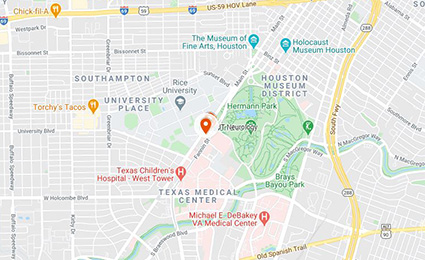Minimally Invasive Spinal Fusion
What is a Minimally Invasive Spinal Fusion?
Minimally invasive spinal fusion is a surgical procedure designed to stabilize the spine by permanently joining two or more vertebrae together. It is typically recommended for patients with conditions such as degenerative disc disease, spinal instability, spondylolisthesis, scoliosis, or recurrent herniated discs. By eliminating motion between the fused vertebrae, the procedure reduces pain and prevents further nerve compression. Unlike traditional open fusion, the minimally invasive approach uses smaller incisions and specialized instruments, which results in less muscle and tissue damage, reduced blood loss, and a quicker recovery.
Who is a good candidate for a Minimally Invasive Spinal Fusion?
Good candidates for a minimally invasive spinal fusion have persistent back or leg pain caused by spinal instability or deformity that has not improved with non-surgical treatments, such as medications, physical therapy, or injections. Imaging, such as MRI, CT scans, or X-rays, must confirm the underlying problem. Symptoms may include chronic pain, weakness, numbness, or difficulty walking that interferes with daily activities. Patients with severe degenerative changes, recurrent disc herniation, or scoliosis may also benefit from this procedure.
How is Minimally Invasive Spinal Fusion performed?
The procedure is performed under general anesthesia. The patient is positioned on a specialized surgical table, and the surgeon makes one or more small incisions over the affected area of the spine. Tubular retractors are used to gently separate the muscles and create a narrow pathway to the vertebrae. Using a surgical microscope or endoscope for visualization, the surgeon removes any damaged disc material and prepares the bone surfaces for fusion. Bone graft material—either taken from the patient, a donor, or created synthetically—is placed between the vertebrae. Specialized implants such as screws, rods, or cages are inserted through the small incisions to stabilize the spine and hold the vertebrae in the proper position while the fusion takes place. Over time, the bone graft fuses with the existing bone, creating a single solid structure.
What are the benefits of a Minimally Invasive Spinal Fusion?
Compared with traditional open fusion, the minimally invasive approach results in less blood loss, reduced muscle damage, and smaller scars. Patients typically experience less postoperative pain, shorter hospital stays, and a faster return to normal activities. The smaller incision size also decreases the risk of infection.
What is the recovery from Minimally Invasive Spinal Fusion?
Recovery from a minimally invasive spinal fusion depends on the extent of the procedure and the patient’s overall health. Most patients are able to walk the same day or the day after surgery, and many are discharged from the hospital within one to three days. Pain is managed with oral medication, and light activity is encouraged soon after surgery. However, heavy lifting, twisting, or strenuous exercise should be avoided for several weeks. Physical therapy is often prescribed to help restore mobility, flexibility, and core strength. While some symptoms improve quickly, full fusion of the vertebrae takes several months. Regular follow-up imaging may be performed to confirm that the bone graft is healing as expected. The success rate for minimally invasive spinal fusion is high, although any surgery has risks for infection, bleeding, blood clots, hardware complications, or failure of the bones to fully fuse. Your surgeon will review these risks in detail prior to the procedure.
Other common minimally invasive spine procedures
Discectomy: This procedure removes a damaged spinal disc or discs to treat pain, numbness, or weakness in the legs or arms, most commonly from a herniated disc.
Spinal Decompression: This procedure relieves pressure on the spinal cord and nerves, often caused by conditions like herniated discs or spinal stenosis.











